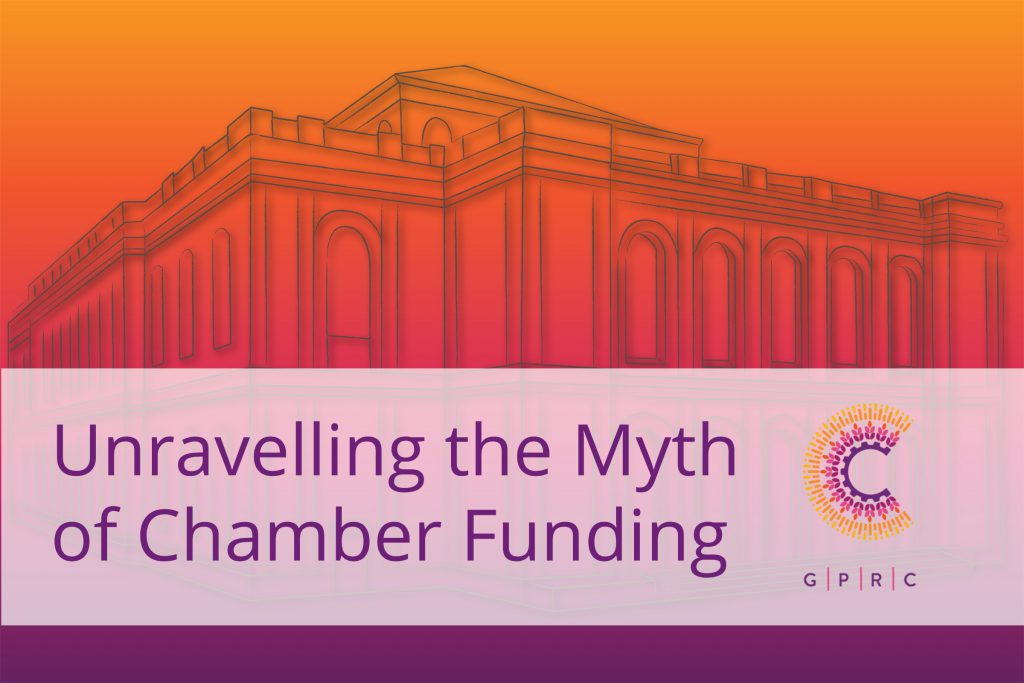The Shift to Competency-Based Education in Higher Learning
Traditional higher education relies on degree programs to measure academic and professional achievement. However, many critics argue that this system fails to equip students with the practical skills needed for today’s job market. As a result, interest in competency-based education (CBE) has grown. This approach allows students to earn diplomas or degrees by demonstrating mastery of specific skills rather than completing a set number of courses.
What Is Competency-Based Education?
Competency-based education assesses students through direct evidence of their abilities in real-world settings. This model prioritizes learning outcomes, enabling students to advance at their own pace. Instead of focusing on time spent in classrooms, CBE emphasizes measurable competencies aligned with industry needs. This shift could reshape higher education and better prepare students for careers.
One major advantage of CBE is flexibility. Traditional degree programs impose rigid timelines, requiring years of coursework regardless of a student’s prior knowledge. In contrast, CBE lets students progress faster through familiar material while dedicating more time to challenging areas. This personalized approach benefits non-traditional students, such as working professionals or those with prior learning experiences, by allowing them to earn credentials more efficiently.
Employer Appeal and Workforce Alignment
Employers also find CBE appealing. Many companies express frustration that graduates possess degrees but lack practical skills. A competency-based model ensures that students demonstrate proficiency in key areas before earning their credentials. For example, a computer science student must showcase coding abilities, problem-solving skills, and technical expertise before completing their program. This process makes credentials more valuable to employers seeking candidates with proven skills rather than just academic qualifications.
Additionally, CBE can reduce the cost of higher education. By allowing self-paced progress, institutions lower tuition expenses and offer personalized learning. Students avoid paying for unnecessary courses and can complete degrees faster, easing financial burdens.
Challenges to Widespread Adoption
Despite its benefits, transitioning to CBE presents challenges. Institutions must redesign curricula, update assessment methods, and train faculty for this approach. Resistance from accrediting bodies may also slow adoption. However, CBE’s emphasis on skill mastery and workforce readiness makes it a promising alternative to traditional degree programs.
A New Direction for Higher Education
As demand for skilled workers rises, competency-based education offers a flexible, cost-effective, and career-focused path for students. This shift could redefine higher learning and better equip graduates for modern workforce demands.
Unravelling the Myth of Chamber Funding
In the often-busy world of business and commerce, the Chamber of Commerce stands as a pillar of support for entrepreneurs and businesses alike. However, there exists a common misconception that chambers are primarily government-funded entities. The reality is quite the opposite – a mere 15% of chamber funding comes from the government, while the…
- « Previous
- 1
- 2

